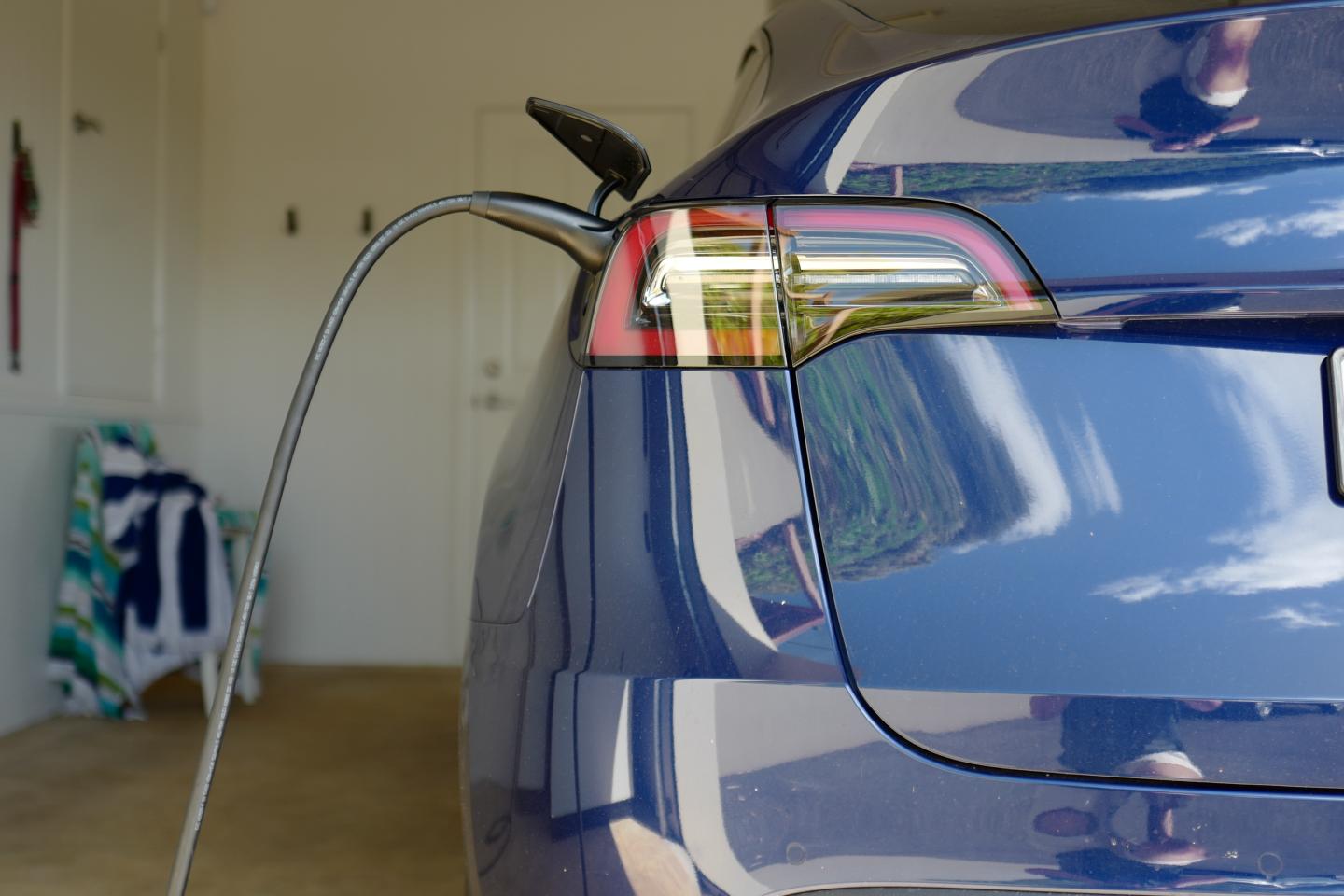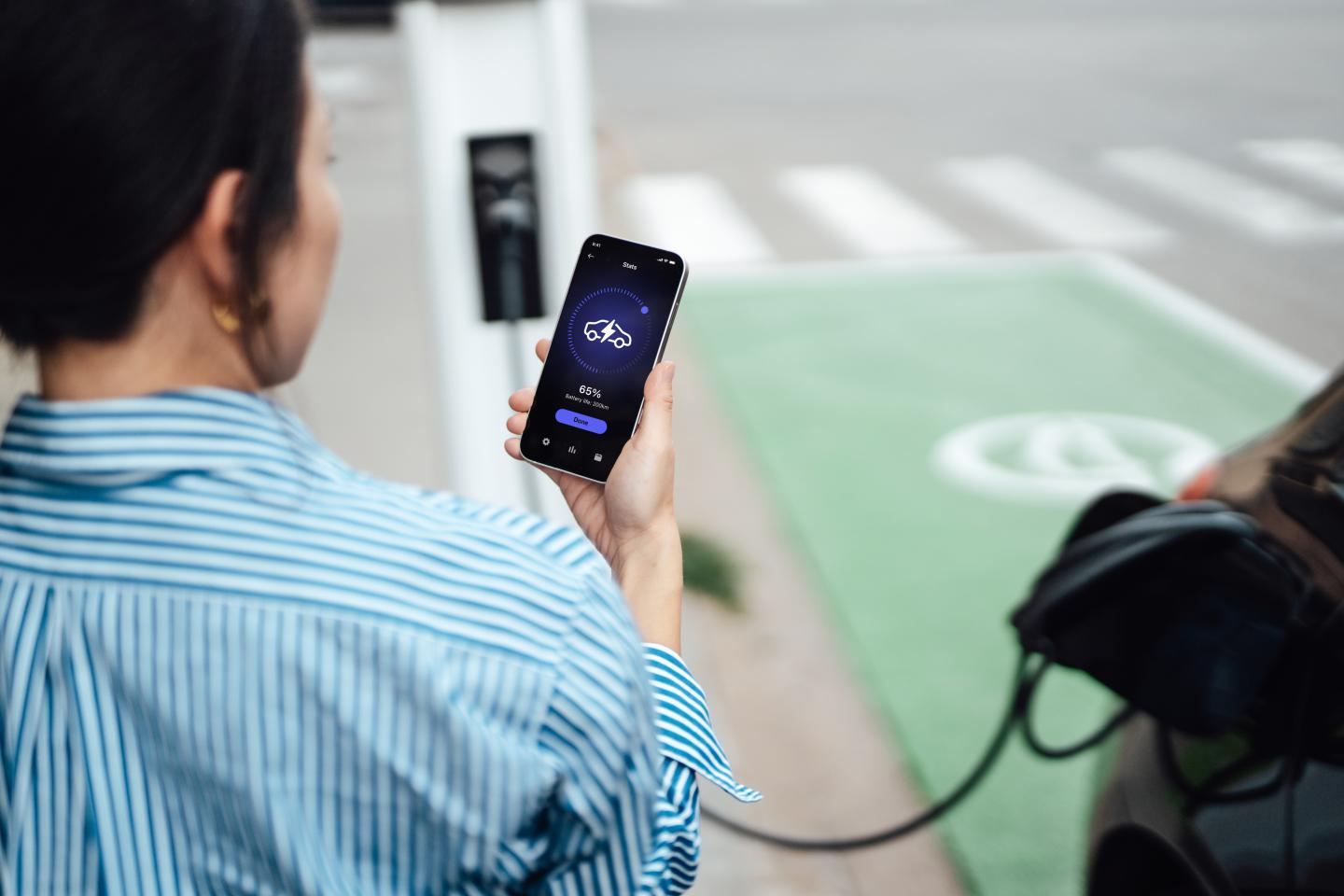8 things to consider when you’re thinking about buying an electric car (or truck)
If you’re thinking about buying an electric car or truck, that’s great news, both for you and the planet. Not only do electric vehicles cut climate and air pollution by more than half compared to gasoline-powered cars, they can likely save you thousands of dollars over a car’s (and an owner’s) lifetime.
As with any car purchase, there’s a lot to think about. Here are eight essential questions all potential EV buyers should consider.
- Where can I charge my EV?
- How much does an electric vehicle cost?
- How much can I save in tax rebates and credits?
- What's the difference between a pure EV and a plug-in hybrid?
- How can I extend the range of an EV?
- Do EVs work in extreme cold?
- Should I buy or lease an EV?
- How long will it take my EV to charge away from home?
Where can I charge my EV?
Maybe the most important question for any prospective EV buyer is, “‘Do you have charging readily available to you?’” says Joseph Yoon, who studies car buyers’ experiences for the automotive website Edmunds.com.
Here are your options:
Home charging:

Home charging is often the simplest and cheapest way to go. A basic wall outlet — the kind you might plug a lamp or toaster into — can get you about 40 miles-worth of charging overnight. For many people, that’s enough for everyday driving.
For faster charging, be sure your home has the wiring and electrical service to accommodate a 240-volt outlet, the type a clothes dryer needs. With that kind of power, you can get 25-30 miles-worth of charging per hour, enough to get your EV battery completely full overnight.
Many EV owners opt to install not just a 240-volt outlet but also a level 2 charger. These chargers, which range in price from about $300 – $700, offer smartphone apps that can help manage charging remotely, longer cords, and, for people who only have a driveway and not a garage, can protect the cord and outlet from the elements. A number of utilities and car companies offer incentives to help defray installation costs.
If you live in an apartment building that has a parking lot or garage, you might have at-home charging options, too. Many apartment buildings are installing chargers and a growing number of cities and states have enacted “right to charge” ordinances and laws, which make it easier for residents to install chargers. Once you know your rights, approach your landlord or building management company to find out about next steps.
On the road:
If you regularly drive long distances, or can’t charge at home, don’t despair: Your charging options are increasing as businesses and governments build out the country’s EV charging network. In 2023, more than 12,000 public charging stations, most with several ports each, opened across the U.S.
Not all the kinks have not been worked out of the system, though, as of late 2023. (A relatively new public/private consortium is working to fix all that.)
To find chargers near you, Yoon recommends the charging app PlugShare. “It’s a user-sourced reliability and availability report,” he explains. “It even tracks current levels of charging speed on individual chargers.” Google Maps and Apple Maps also list chargers, as do the apps of individual charging networks.
How much does an electric vehicle cost?

As with other cars, new and used EVs come in at a variety of price points. And there are a sizable number whose sticker price, not counting government incentives (see below), is lower than the average cost of a new car in the United States. (That was close to $48,000 in December, according to analysts at Cox Automotive.)
But a car’s sticker price isn’t the only price you should figure in. Because EVs’ fueling costs are often far lower than what most people spend on gas, and EVs need less maintenance overall, many will likely have a lower total cost of ownership, or TCO. (TCO factors in fuel costs, insurance and maintenance as well as purchase price.)
Because EVs are relatively new, all the data used to evaluate TCO isn’t in yet. But a 2023 report by Environmental Defense Fund and the consulting group WSP found EV owners could reduce their costs as much as 29% over 10 years when compared to equivalent gas-powered vehicles.
How much can I save in tax rebates and credits?
Given their many benefits, it’s no wonder governments want to help people buy electric cars and trucks. The federal government offers an incentive worth as much as $7,500 for many new cars and $4,000 for used EVs priced under $25,000. (Eligibility also depends on your income.) As of January 1, 2024, these incentives have been available directly from many car dealers.
A number of state and local governments offer EV incentives, too. All of which means you can combine a bunch of incentives and save a whole lot of cash.
What's the difference between a pure EV and a plug-in hybrid?
If you drive in a part of the country where EV charging is hard to come by or you’re still a little hesitant about committing to a purely electric car, there’s an option you might not have considered: a plug-in hybrid electric vehicle.
Plug-ins have more powerful batteries than regular hybrids. When fully charged, some can drive as far as 50 miles on battery alone. That means that the average U.S. driver, who drives less than 30 miles a day, can meet most or all of their daily driving needs using electricity. “The real pro of having a plug-in is you can go on a road trip and not worry about charging,” says Yoon.
Some people think plug-in hybrids keep us tethered to fossil fuels. But others note that these vehicles often serve as training wheels for want-to-be EV drivers. Either way, they’re better for the environment than gas-powered cars. And many are eligible for government incentives.
Yoon thinks pure EVs have lots of advantages beyond just their cost-savings and environmental benefits. EV owners rave about never needing oil changes and their ability to speed past gas stations without having to pull in and fill up. Not only that, “With battery electric vehicles, because they don’t have engines and so many parts, you can buy a smaller car that’s bigger inside than a gas-powered vehicle,” he says. “You get inside and think, ‘Wow, this is really big.’”
How can I extend the range of an EV?
Running an EV’s heat or air conditioning can reduce its driving range. But EVs that offer heating and cooling using highly efficient devices known as heat pumps can save tons of energy and improve range and performance compared to those without heat pumps. (Heat pumps compare favorably to conventional heating and cooling systems that use only battery power and fans.) Heat pumps can also manage battery temperature, which can in turn optimize charging.
Heat pumps are not standard on every make and model of electric vehicle; many come as optional equipment. If you live in a mild part of the country — say, northern California — you might not need a heat pump. But for many owners, they’re worth the additional price.
Do EVs work in extreme cold?
Yes, electric vehicles still work in frigid weather — Norway is the EV capital of the world.
But just as you might take extra precautions driving a gasoline-powered car in extreme cold, EV drivers can take similar steps to buffer against losing range.
- Park in a garage whenever possible: Garages help protect EVs from brutal temperatures and keep batteries warmer. That extends their range and allows them to charge more quickly.
- Plug in your car or truck for 20-30 minutes before driving, if possible, to warm up the battery and the cabin without draining the battery.
- Charge more frequently and try to keep the charge between 20-80% for peak efficiency.
- Use seat heaters, rather than heating the whole car.
Should I buy or lease?
Whether to buy or lease is a question many car buyers face. Will you put enough miles on your car each year to justify the full purchase price? Could you smash up a leased car and be out thousands of dollars?
But the issue has more salience for those interested in EVs, for two reasons. The first is that because of the way federal law is written, leasing makes all EVs — and by extension, all lessees — eligible for federal tax incentives. (The incentive goes to the dealer, not the lessee. So before you sign, make sure the dealer is passing the incentive on to you.)
The second is that EV technology and pricing are changing fast. If you’re concerned about keeping up with the latest advances or if recent price drops have you spooked that your car’s resale value will be lower than anticipated, leasing might be right for you.
How long will it take my EV to charge away from home?

If you’re charging away from home, it’s worth knowing how fast your car will charge at high-voltage, level 3 fast chargers. Because of how they are designed, different cars charge at different speeds.
“Right now, most manufacturers are aiming to get you from a 10% charge to 80% in around 30 minutes,” says Yoon. He recommends an Edmunds guide to car charging speed that ranks more than 40 EVs.


